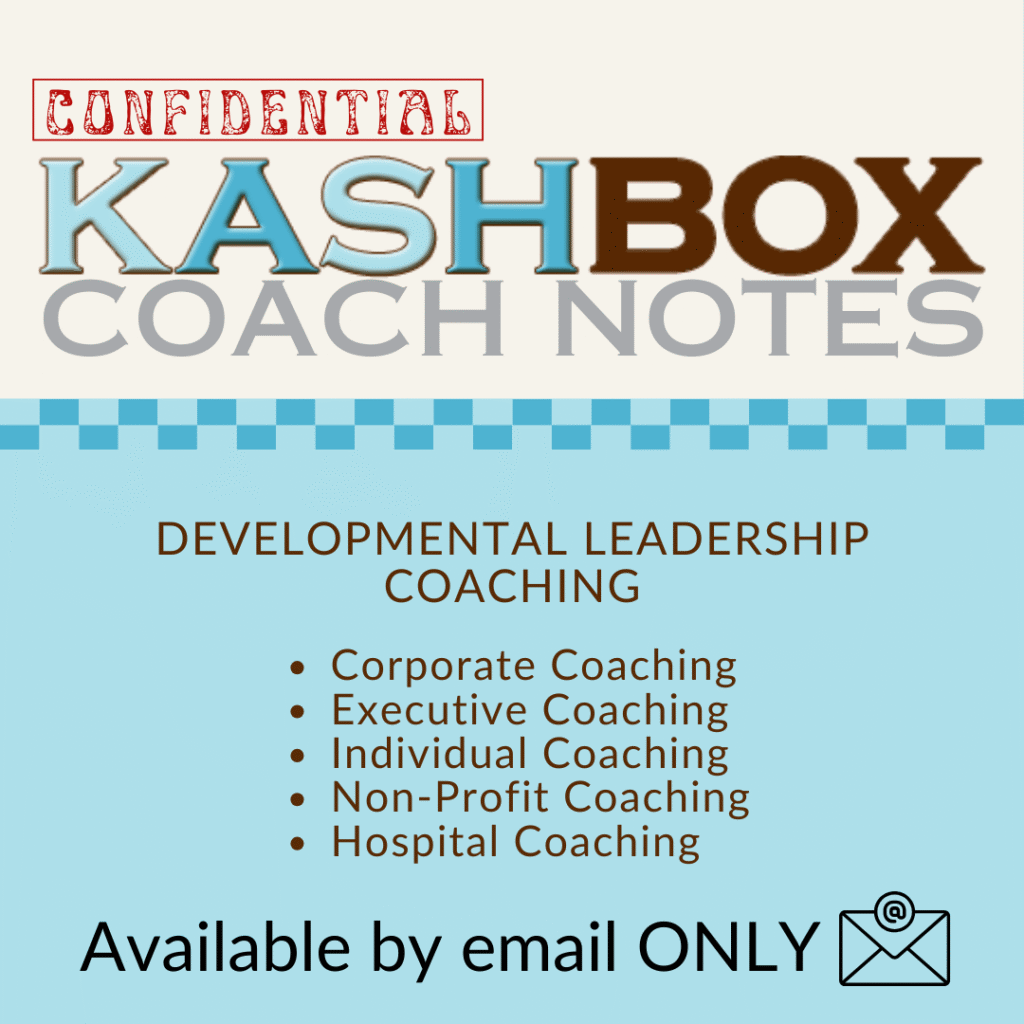Leadership development notes from an executive coach
Some companies prosper and draw the business world’s attention. They continuously grow, innovate, and impress. In contrast, others struggle, never breaking through to reach their desired success. The latter must deal with downsizing, financial shortfalls, market-share losses, and tarnished reputations.
The disparities are glaring. While leaders of prosperous companies garner industry admiration, those who head besieged organizations wonder where they went wrong. They search for explanations for why their operations haven’t fulfilled their potential.
Research in social science and organizational behavior points to a critical quality that most directs every company’s future: culture. A strong culture consistently leads to robust performance, while a weak culture suffers ongoing failures.
Leaders who discount the importance of culture are apt to suffer predictable consequences. To thrive, they must define, assess, and strengthen their organizational culture.
1. Culture’s Impact
Culture is to an organization as personality is to a person. Personality describes how we think, act, and respond to our circumstances.
Similarly, an organization’s culture determines how people act or work, what they believe or stand for, and how they respond to pressures and challenges. Every company, without exception, has a culture.
Leaders unfamiliar with the concept of corporate culture or organizational behavior are out of touch with the daily workings within their walls.
They fail to realize that culture drives:
- How well (or how poorly) teams function
- Whether customers’ needs are being met
- Whether employees’ needs are fulfilled
- Company health and well-being
- Future outlook
Leadership expert John Coleman describes Six Components of a Great Corporate Culture (Harvard Business Review, May 6, 2013):
- A unifying vision or mission that fashions one’s purpose and plans
- A code of values that influences behavior and mindsets
- Practices that support and enhance people
- A recruiting process that matches people to the desired culture
- A celebrated heritage that tells the company’s story and what it stands for
- A beneficial working environment to optimize synergy
Like an executive coach, a trained observer can quickly assess whether one’s culture embodies these characteristics.
A 2012 study published in the Interdisciplinary Journal of Contemporary Research in Business found that a strong culture can increase net income by more than 700% in an 11-year span. Other research confirms that culture is a significant factor in determining success or failure.
2. Essential Skill Sets
Creating and sustaining a strong group culture is one of the most misunderstood and elusive aspects of leadership in today’s business climate. Some leaders are disinterested in their culture, with no desire to delve into an area that is mysterious and superfluous to them. Others recognize culture’s importance but are too intimidated to tackle it. Still others attempt to craft a culture, but their unfamiliarity prevents them from taking prudent steps—and they may even make matters worse.
A strong company culture doesn’t happen in a vacuum. It’s based on constructive relationships and interactions. But humans, by nature, fail to engage each other constructively. Selfish impulses and habits get in the way. Fears, stubborn beliefs, prejudices, and pride also inhibit healthy group dynamics.
It takes focused and deliberate leaders to establish, nurture, and grow a strong culture.
Leadership expert Daniel Coyle identifies three foundational skill sets or proficiencies in The Culture Code (Bantam Books, 2018).
The leadership foundation principles are simple, but following them requires wisdom and empathy:
- Define the organization’s purpose. Values and goals must be shared so everyone is on the same page. A strong culture begins with unity and a common purpose.
- Foster mutual trust. Establishing a culture where people trust each other, and their leader takes time but empowers people to excel.
- Create a sense of safety. People instinctively yearn for safety, security, a sense of belonging, and a personal identity. Employees who feel safe engage wholeheartedly, without fear of reprisal or condemnation. Leaders must provide a consistently safe environment.
Receive [CONFIDENTIAL] Coach Notes directly to your inbox.
Your e-mail address is used to send you our newsletter and information about Kashbox Coaching’s activities. You can always use the unsubscribe link included in the newsletter.
3. Post Your Purpose
Organizations cannot steer efforts in any general direction without a fundamental purpose. Employees need a reason to serve, shared goals, a common cause, and focus. They need to know what their organization stands for so they can embrace its stance.
Leaders are charged with creating a vision of the company’s future and distributing and promoting it so others will follow. Purpose or mission statements are noble callings to serve, respond to, and meet the public’s needs.
A purpose can tell a story, hinge on a legacy, or chase a dream. Each unites people as they endeavor to achieve something together. Culture is enhanced by accomplishing something possible only when everyone shares the same purpose.
Effective leaders know that hitting people over the head with mission statements causes more harm than good. People respond best to small, frequent, unobtrusive reminders of their purpose. Offer frequent encouragement and feedback.
Leaders can work with a qualified executive coach to hone the following vital skills:
- Clearly state individual and collective priorities. People want to know what’s expected of them.
- Overstate priorities to ensure everyone is in sync. There’s no need to be forceful or indignant. Aim for support and motivation.
- Provide high-feedback training, as Coyle calls it. This allows people to fail and find ways to improve. Culture blooms when people are empowered to learn and grow. Be sure to celebrate small victories.
4. Train to Trust
A strong culture depends on an environment of trust, where people can count on each other, take risks together, and benefit from the resulting successes. Leaders who inspire authenticity entice people to step out of their comfort zones and enjoy the spirit of cooperation.
Leaders enhance trust when they’re transparent and humble. Display humility by expressing a need for help. People are drawn to leaders who are willing to exhibit fallibility. Admitting weaknesses and setting aside insecurities reveal a real person who can be trusted.
Trust builds teamwork, which inspires cooperation and vital interconnectedness. Trust is founded on relationships, and the stronger the relationships, the healthier the culture. Once again, leaders can benefit from the assistance of an experienced executive coach to optimize their people skills and relational intelligence.
Great leaders are comfortable dealing with subordinates when problems arise. They approach difficult situations and challenge employees face-to-face with care and honor. They’re firm but fair. Trusted leaders prioritize relationships and make sure employees feel appreciated.
Leaders gain employees’ trust through active listening. You cultivate greater trust when you thoughtfully address people’s situations and allow them to speak freely.
Giving honest feedback to employees further raises the trust bar. Be candid, sincere, and helpful. As Coyle suggests, provide “targeted” or specific feedback. People want to contribute the best they can and be valued resources. They need detailed critiques and a chance to earn your approval. Avoid judgmental comments so you can nurture their self-esteem.
High self-esteem allows employees to show initiative and avoid the need for continuous oversight. The best cultures feature self-directed teams whose leaders interject only when necessary. Employees become more invested and engaged in their work, creating a strong culture.

Ready to Find Your Perfect Kashbox Coach?
Every executive and business leader has unique strengths and faces specific challenges. That’s why we offer a diverse team of experienced coaches, each with specialized expertise in different areas of leadership coaching.
Click the button below to match with a Kashbox Coaching leadership coach who can best help you unlock your full potential.
5. Provide Safety
All humans want to feel safe. They must feel they belong, are cared for, and are valued at work. Leaders who provide purpose and a trusting environment are best positioned to offer a sense of safety.
People feel safe when they can trust their relationships without concerns over politics, personalities, and resentments. They want to know their relationships will last and grow stronger. Employees who feel safe invest in the team dynamic and perform better.
Leaders build a strong culture when they emphasize relationships and set an example. Show interest in your people, and emphasize that everything done within your organization is built on relationships.
Leaders who foster a sense of belonging build strong cultures. Coyle provides the following helpful strategies:
- Receive people’s ideas and proposals with an open mind. Make them feel glad for contributing, not regretful. Let their voice be heard, and remind them that you need their ideas because their perspectives have value.
- Expressing thanks affirms the importance of relationships and provides motivation. If everyone’s efforts are important, healthy codependency and unity develop.
- Accept bad news, and don’t shoot messengers. People who face threats for being truthful will learn to be silent. This kills a culture.
- Roll up your sleeves and get dirty. Leaders who place themselves above ordinary tasks erect barriers. When everyone is equally willing to contribute, teamwork expands, and a sense of safety prevails.
- Don’t pad bad news with good. Beating around the bush or hedging your delivery signals disingenuousness, which spells danger. Say it like it is, but do so sincerely and considerately. Being truthful tells people you have their best interests at heart.

Creator of the KASHBOX: Knowledge, Attitude, Skills, Habits
Helping You Realize Your Potential
I help people discover their potential, expand and develop the skills and attitudes necessary to achieve a higher degree of personal and professional success and create a plan that enables them to balance the profit motives of their business with the personal motives of their lives.










